Prematurity & Multiples
Babies born early or in multiples often start life on a slightly different path, with unique medical needs and follow-up milestones. In this section, we outline what to expect in routine preterm care, common complications, and the extra planning involved in bringing twins, triplets, or pre-term babies home. From corrected-age development and feeding volumes to sleep, bonding, and community supports, you’ll find practical guidance to help your smaller—or busier—bundle of joy thrive.
-
Respiratory support
Premature babies lack a substance called surfactant in their lungs, which helps them to stay expanded and adequately oxygenate the blood. The least invasive option for supporting breathing that meets oxygen needs is chosen first—cot oxygen, then CPAP; only the smallest or sickest infants need brief mechanical ventilation or surfactant via thin catheter. Most late-pre-terms (34–36 wks) breathe room air within a few days; very-pre-term infants are weaned step-by-step as their own surfactant production rises.
Feeding & nutrition
Tiny stomachs start with colostrum swabs and small feeds via gastric tube. In the smallest babies, expressed breast-milk is fortified with extra protein, calcium and phosphorus once volumes build, or a pre-term formula is used. Suck-swallow coordination matures around 34 weeks: at that point babies move to cue-based breast or bottle feeds. Regular weights monitor for adequate growth and feeding volumes are adjusted as needed.
Temperature & environment
Incubators or heated open cots keep core temperature at 36.5 °C until babies gain more subcutaneous fat. Frequent kangaroo care provides natural warmth, steadies breathing and bonding, and encourages early milk let-down.
Medications & monitoring
Caffeine for prevention of pauses in breathing (usually <34 wks).
Iron in the smallest and earliest babies from 2 weeks and vitamin D in most preterm babies.
Antibiotics only while early cultures return if sepsis risk present.
Continuous cardio-respiratory and saturation monitoring is used until infants are apnoea-free for and feeding orally
Infection prevention
Strict hand-hygiene, minimal IV line time, and breast-milk use lower late-onset bacterial infections.
-
Breathing glitches
Preterm lungs lack surfactant, so brief respiratory distress often appears —especially after elective caesarean or rapid labour. Most cases settle with short-term CPAP, rarely needing invasive ventilation.
Temperature, sugar & jaundice
Thin skin and lower brown-fat stores mean these babies cool quickly. Early skin-to-skin plus heated incubators prevent hypothermia and its partner, hypoglycaemia (low blood sugar). Jaundice is more common because of immature liver enzymes; phototherapy is needed in about one in four preterms versus one in ten term babies.
Feeding and reflux
Coordination of suck–swallow–breathe matures at 34–35 weeks, so gulping, fatigue and regurgitation are typical at first. Fortified expressed milk or pre-term formula supports catch-up, and most reflux improves as tone strengthens by three months corrected age.
Apnoea & bradycardia
Brief pauses in breathing called apnoeas, or self-resolving dips are tracked on monitors. Persistent events respond well to a short course of caffeine and resolve as brain control of breathing matures.
Infection & anaemia
Immature immunity and more IV line time raise sepsis risk; strict hand hygiene and early removal of IV lines protect vulnerable babies. Rapid growth and repeated blood tests can lead to anaemia at 6–8 weeks corrected; oral iron prevents most transfusions.
Complications in babies over 32 weeks are usually transient, and with modern neonatal care almost all late-preterm and multiple-birth infants catch up to their term peers by one year.
-
Why the “due-date” still matters
Babies do not mature faster in an incubator than they would in the womb; lung, gut and brain pathways follow their own biological clock. Most >32-week infants are ready for discharge only when they reach 36–37 weeks corrected age and meet the benchmarks below.
Going-home checklist
Feeds — taking all breast or bottle feeds without fatigue, with steady weight gain for ≥ 48h.
Breathing — apnoea-free for 5–7 days off caffeine and monitors.
Temperature — maintaining 36.5 °C in an open cot, clothed only in singlet, onesie and wrap.
Medications & supplements — parents confident with iron/vitamin D schedule, if prescribed.
Jaundice — bilirubin on the safe down-slope post any phototherapy.
Parent readiness
Room-in night to practise solo care while nurses observe.
Baby life support & safe-sleep teaching, written guides, and phone numbers for support.
Car-seat fit check for babies <2 kg or with cardiorespiratory history.
Follow-up plan
GP or home visit midwife visit at a few days post-discharge and weekly or so thereafter.
Nest reviews at 3 weeks, 6 weeks, 4 months and 6 months corrected age; earlier if weight, feeding or development warrants.
Immunisations on the standard schedule by chronological age.
-
Getting the basics right
Feeds & growth — Pre-term stomachs are smaller and tiring; offer frequent, cue-based breast or fortified-formula feeds and log volumes or times for the first fortnight.
Corrected-age milestones — Assess development by corrected age (actual age minus weeks early). A baby born at 33 weeks will reach the six-week smiles at nine weeks chronological. Use corrected charts until at least two years.
Safe sleep & temperature — Pre-terms lose heat quickly. Dress in one extra layer compared with term infants and keep the room 20–22 °C. Continue back-to-sleep in a firm cot; avoid car-seat naps except for travel.
Twins, triplets & your routine
Synchronise, then personalise — Aim to feed and settle multiples on the same cycle at first; this maximises parental rest.
Shared vs separate sleep — Co-bedding is not recommended once babies are home; place each infant in an individual bassinet or cot to reduce SIDS risk.
Divide and delegate — Use a whiteboard or app to record which twin had which breast, medicine or nappy change — fatigue blurs memory.
Follow-up & red-flags
GP check a few days after discharge, then developmental reviews at 6 weeks, 4 months and 6 months corrected with Nest.
Immunisations by chronological age.
Call your clinician for: apnoea, colour change, poor feeding for > 6 h, fewer than 4 wet nappies/day, temperature ≥ 38 °C, or any parental instinct that “something isn’t right.”
Parental wellbeing
Caring for pre-terms or multiples is intensive. Accept help, nap in shifts, and schedule your health checks. Post-natal anxiety and depression are higher in these families; early talk with your GP, a perinatal psychologist or parent-to-parent support group can make the journey lighter.

